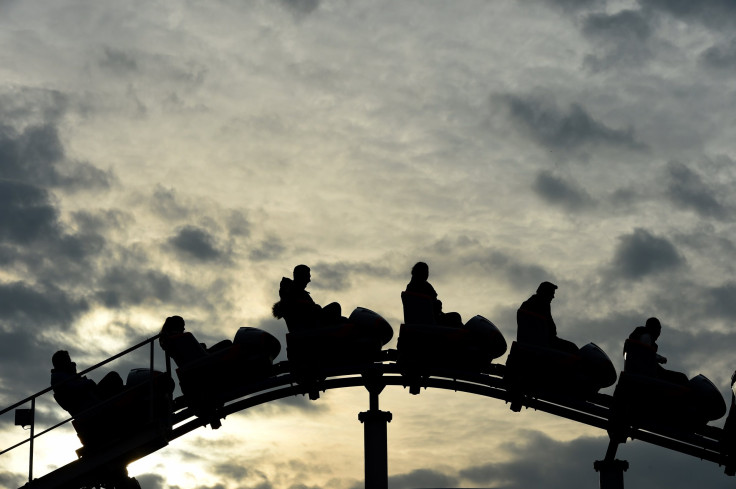Kidney Stones: Roller Coaster Rides Could Be A Treatment For Painful Condition, New Study Shows

The treatment for painful kidney stones may be found at your nearest amusement park in the form of roller coasters, a new study has shown.
Published Monday in the Journal of the American Osteopathic Association, the study was based on a set of experiments carried out by the authors on the Big Thunder Mountain Railroad roller coaster at Disney World, showing that the ride could help facilitate the passage of small kidney stones.
Attempting to make the experiments as close to reality as possible, the researchers built an artificial human kidney model from clear silicone gel. The model was loaded with real human kidney stones. They then took the ride, 20 times, holding the contraption between them in a backpack — at kidney height.
“What was amazing was within just a few rides it became obvious that there was a huge difference in passage rates whether you sat in the front or the rear of the coaster,” author Dr. David Wartinger, a professor emeritus of urology at Michigan State University, told the Atlantic. “There was a lot more whipping around in that rear car.”
“Front seating on the roller coaster resulted in a passage rate of four of 24,” the researchers wrote in the article. “Rear seating on the roller coaster resulted in a passage rate of 23 of 36.”
The size of the stone was key to the success of the experiment. Any stone bigger than 4 mm or 5 mm could get stuck, causing the person to feel like they are “giving birth to a porcupine,” NBC reported Wartinger as saying.
It is also possible to ride the roller coaster after having treatments where the kidney stones are broken up into smaller particles using ultrasound shock waves, preventing stones from getting larger and causing more problems.
Wartinger plans to continue his research and try more amusement park rides to see the difference. “I live in Michigan. I own an annual pass to Universal,” he reportedly added.
© Copyright IBTimes 2024. All rights reserved.












